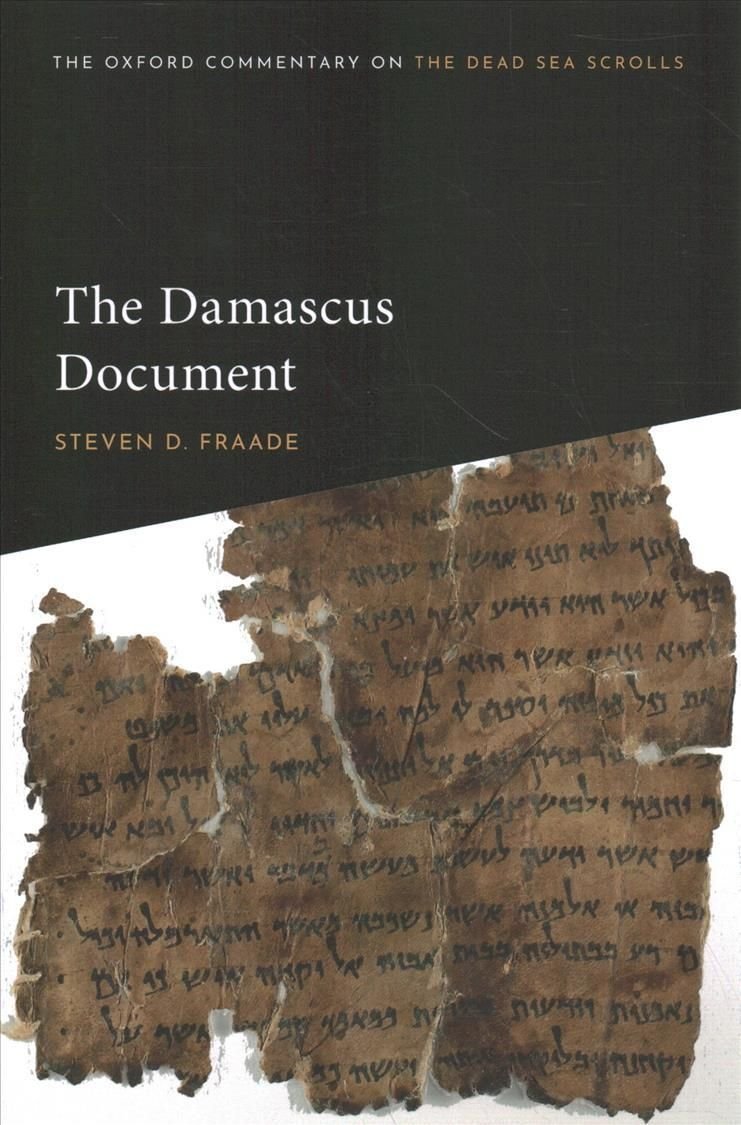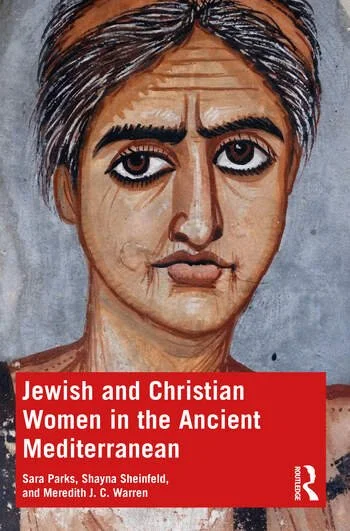A Memory of Violence offers a useful overview for anyone interested in understanding Chalcedon and its effects at a more detailed level, as well as those interested in the history of Christianity writ large.
Scully’s book commendably demonstrates the need for renewed and careful attention to a pattern of thought that has been treated poorly, and it does so with sharp analytical clarity.
“Ophir insists that he is not simply claiming the modern sovereign as a “secularized political concept,” but something deeper: a deification of the state itself, as the one concept that we cannot think without, just as the biblical writers could not imagine not being ruled by God.”
As scholars continue to investigate the bowls from multiple angles – paleographic, onomastic, linguistic, social historical, legal, literary, ritual, visual, gendered, comparative – our understanding of Babylonian Judaism and late antique society will continue to develop. Manekin-Bamberger’s insights about the bowls’ contractual dimensions and the professional scribes who produced them – as well as about the overlap of law and magic on a broader scale – are an essential contribution to this field, and will no doubt shape, methodologically and historically, how future studies approach this corpus and its relationship to other ancient Jewish texts and artifacts and to the long history of magic, law, and religion.
The volume shines when it considers the interplay between materiality and close readings of literature. But the question stands for our field as it grapples with memory studies: what, indeed, is the link between form and practice, between literature and history?
“Wollenberg’s book compels us to keep firmly in mind what the trope of Written Torah v. Oral Torah tends to obscure, namely, that the rabbis absorbed, studied, and taught Scripture chiefly as an oral text.”
Yarbro Collins’s goal in Paul Transformed is to capture the multiple images of Paul that early Christ-confessors created from reading the apostle’s letters.
“The pioneering study of Thea Gomelauri unfolds the history of the Lailashi Codex, and presents the paleographical and codicological description of one of the most ancient Bible codices.”
Women and the Polis is a welcomed addition to the scholarly conversation not only about ancient Greek benefactresses in particular but also about ancient Greek benefaction in general.
By methodically reading through its chapters and working through its exercises and chrestomathy, a user of Allen’s grammar can rapidly increase their familiarity with a good amount of the variation found in Coptic texts, then have the book on hand as a quick initial resource for whatever they might happen to read afterwards.
Readers will learn a great deal from G. Smith and Landau about paleography, apocrypha, monasticism, the history of sexuality, and the strange academic environments in which all of these are explored: filled with curiosity, envy, ambition, and flashes of brilliance.
Bishops in Flight reminds us to look to how narratives arise in in the collective memory of a community.
Fraade’s balanced and succinct style of commentary is… a product of and testament to the author’s meticulous use of the comparative method and will surely contribute to conversations between scholars of Scrolls and specialists in cognate fields.
The case of the Jewish catacombs exemplifies how scholars of the ancient world have long worked with undertheorized ideas about religious identities, religious communities, and the relationship between material culture and lived religion, among other things.
Denzey Lewis poses the provocative question: how did Rome become holy? The answer, as we see by the end of this book, lies mainly in the logic behind the compilation of the sources rather than in the sources per se.
What did she want us to see and know differently? How did she want to shape us?
Building upon scholarship that sees juridical contexts at the heart of these conceptions of punishment and just desserts, Henning pushes such conclusions further by asking what other assumptions, namely concerning bodies and gender, are brought into our scholarly interpretations of Hell and the afterlife.
In Divine Accounting, Quigley contends that the modern categories of “theology” and “economics” were not separate in antiquity but intertwined.
Throughout Literary Theory and the New Testament, Dinkler builds a persuasive case for the contributions literary theory continues to make to the field of New Testament studies.
The Journey of Christianity to India in Late Antiquity is a compelling take on how some Christians imagined an interconnected late ancient world.
The authors explore in detail the roles women played, attending to commonalities and particularities of “Jew and Gentile” women. From the very beginning, the authors take great care to guide those who will teach from this textbook, and they are explicit about the book’s scope and limitations. Readers will find not only a useful primer for studying gender within ancient texts, but also, a detailed account of the various ways in which readers and students themselves interpret these texts.
“In this innovative and deeply engaging study, Newsom sparks new ways of thinking about models of moral agency in biblical and early Jewish literature and paves the way for a broader application of the analysis that considers Jewish literature composed in Greek or the literature of other cultures.”
What did being Roman mean after 476? And how did the notion that the Roman empire could fall shape political rhetoric in the east?
Weaving together studies of emotion, homiletics, and biblical exegesis, this work offers an important analysis of a recurrent theme in Chrysostom’s preaching.
By focusing on known dynamics of memory and archaeological evidence, Pioske brings together sometimes-disparate methodological considerations to make a persuasive case for how one might engage in a historically and theoretically responsible way with the knowledge claims made in early Hebrew texts.
Corke-Webster argues that the History reflects Eusebius’ particular socio-political circumstances during the first quarter of the fourth century.
[H]is project does bring to the fore the question of what these terms—as classificatory labels—might have meant to the ancient authors who used them, and, perhaps more within our control, what they mean for scholars today. If our evidence seems to resist our current attempts at classification, perhaps we need to rethink how we are classifying.





























